God Is In the Crowd: Twenty-First Century Judaism
by Tal Keinan
Spiegel & Grau
2018, 352 pp, $28
The Jewish American Paradox: Embracing Choice In a Changing World
by Robert Mnookin
PublicAffairs
2018, 320 pp, $28
The Chosen Wars: How Judaism Became an American Religion
by Steven R. Weisman
Simon & Schuster
2018, 368 pp, $30
The New American Judaism: How Jews Practice Their Religion Today
by Jack Wertheimer
Princeton University Press
2018, 400 pp, $29.95
American Jews may not know their way around the Talmud or much about Jewish history, but they sure do excel at soul-searching and have for many, many years. In the late 19th century, in the mid-20th and again in our own day, taking the community’s pulse—and finding it weak and listless—has been a common pursuit and a constant refrain.
In 1879, for instance, a young female reporter with the pen name of Sulamith (she was actually Henrietta Szold, who would go on to found Hadassah) took to the pages of the Jewish Messenger, a popular English-language Jewish weekly, to criticize the behavior of her coreligionists. “Either they are absorbed in speculating upon the fluctuation of prices or they drown all care and thought in a round of dissipation and pleasure,” she pointed out unsparingly. Worse still, the “very mention of Jewish literature and history is sufficient to blanch their faces and strike their hearts in terror.”
American Jews have also fallen short when it comes to religious practice, let alone cultural literacy, putting a premium on pleasure and convenience and giving short shrift to discipline, consistency and authority—or so their critics claim. Seventy years after Sulamith, in 1949, another observer of contemporary Jewish life, the historian and editor Abraham Duker, wryly observed that in the wake of modernization and suburbanization, “every Jew carries his own Shulchan Aruch.” He was referring to the standard compendium of Jewish law and lore that had ensured common ground and a shared vocabulary among Ashkenazi Jews ever since its publication in 1565.
Duker’s observation carried a punch because, even if they honored its proscriptions more in the breach than anything else, a hefty proportion of Jews in postwar America understood the reference; you might say they were in on the joke. No more. When I recently mentioned the Shulchan Aruch in my George Washington University graduate seminar on American Jewish life, a training ground for future Jewish leaders, no one had the foggiest idea, not even the faintest glimmer, to what I was referring.
My students are in good company. Many of those who write about the contemporary Jewish condition these days would probably come up empty-handed, too, were they pressed to describe or even identify the 16th-century ritual text. Still, that doesn’t stand in the way of a stack of new books, this time by successful Jewish professional men, roundly critiquing contemporary Jewish life. Like Sulamith and Duker before them, they find it wanting, though for entirely different reasons.
For Tal Keinan, author of God Is in the Crowd, Judaism and Jews are in really bad shape. The former is “insufficiently compelling,” and the latter are on the verge of extinction, “dying in [their] sleep.” Things have gotten so parlous that Keinan is hard put to come up with a “compelling set of objective reasons that we must survive as a people.”
Today’s Jews don’t fare much better in Robert Mnookin’s The Jewish American Paradox. It’s not simply that the principle of matrilineal descent “produces results that are dysfunctional, arbitrary, and unfair,” or that the American Jewish community is “still far too fond of setting exclusionary rules for membership,” or that a goodly number of contemporary American Jews “would flunk any religious standard that was at all demanding.” The fundamental dilemma, for Mnookin, is that of legacy: “What exactly are we passing on? Is it just descent—or something more?”
Both books, close kin to the kind of searching spiritual autobiographies that were required reading in middlebrow circles in the 1950s and 1960s, are fueled by “ambivalence” and “struggle.” They take the reader along their “journeys,” seeking to come to terms with their fraught Jewish identity—and, in the course of things, offering several suggestions from the perch of their “personal window.”
Thoroughly at home within the upper reaches of the modern world and nothing if not extraordinarily well-credentialed in their own milieus of law and business—Mnookin, an expert in negotiation, teaches at Harvard Law School; Keinan, the head of a global asset management firm, holds an MBA from Harvard Business School and is a former Israeli fighter pilot—the two men are ill at ease with the traditions and strictures of traditional Judaism, the weight of which sits heavy on their shoulders. Contemporary norms and values, not halacha or history, serve as their lodestar.
For much of his life, Mnookin tells us, he didn’t give much thought to his Jewish identity. On those rare occasions when he did, he associated it with “disadvantage” rather than with pleasure or responsibility. But then, when he was in his 60s and the grandchildren began to arrive, the Harvard professor found himself thinking about their Jewish identity: “Continuity suddenly mattered to me.” Mnookin’s newfound concern took him by surprise—“Why did I care that my grandchildren would think of themselves as Jewish?”—prompting him to explore the question. The Jewish American Paradox is the result.
Much of it takes the form of a breezy, even potted survey of the major themes in modern Jewish history. It’s almost as if, in belatedly educating himself—or, as he would have it, “battl[ing] my way through Jewish history”—Mnookin shares his findings and notes with the reader. There’s nothing here that an informed student of the Jewish experience hasn’t encountered before.
What’s new-ish are Mnookin’s prescriptions, especially his call for a “Big-Tent approach.” Placing choice—options—at the very center of the enterprise, he encourages his readers to figure out for themselves why being Jewish matters and then to select among the available “smorgasbord of Jewish values.” From where he sits, comfortably inside a Big Tent, there’s no right or wrong way to affirm one’s Jewish identity. How, then, to sustain Judaism? It’s pretty simple: “In a very real sense, the ‘chosen people’ must become the ‘choosing people.’”
Where Mnookin’s Jewish sensitivities are newly awakened, Keinan, in contrast, has spent much of his busy life actively grappling with the demands imposed by “membership in a tribe.” From his school days at Exeter through his valorous service in the Israeli Air Force, he’s been keenly aware of its costs and benefits. His varied personal experiences, coupled with a lively and restless imagination, lead him not only to wonder what will happen among those of his coreligionists for whom neither Judaism nor the State of Israel is a moral absolute, but to come up with a novel way out of this dire situation.
Keinan finds it in the vocabulary and sensibility of his profession. “Prescriptive thinking,” he calls his approach, drawing on the “mathematics of Crowd Wisdom” to move things in the right direction. Likening the Talmud to a “trend line,” Jewish history to a “Jewish Moving Average” and the birth of the State of Israel to a “data point,” Keinan brings game theory to bear on the modern Jewish condition. To survive, much less flourish, he argues, contemporary Jews of all stripes must join together in “generat[ing] wisdom” and “incorporating the new data points that drive the evolution of Judaism.”
Where Keinan puts his faith in arcane theory, Steven R. Weisman puts his in history, especially that of the 19th century. Making good use of the vast secondary literature, itself a testament to the flowering of scholarship on the American Jewish experience, the former New York Times correspondent trains his sights on a succession of fierce communal squabbles. As Weisman describes them, earlier generations of American Jews were a splendidly contentious bunch. Dueling over the introduction of an organ into the sanctuary, debating what constituted the true “mission” of the Jews or giving the age-old dietary laws the heave-ho, they were never more American; dissension was their birthright.
By Weisman’s lights, then, the controversies that held high carnival in the 19th century, the stuff of “dynamism and change,” are not just fun to read about. They also furnish an object lesson for our own time, one that legitimates the messiness and fragmentation of 21st-century Jewish life by anchoring it in American Jewish history. Where far more seasoned students of the past and of the Jewish historical experience might take a dimmer view of the internal crises that roiled the lives of their forebears, or, at the very least, hold them at arm’s length, Weisman’s lively romp offers a counter-narrative by fully embracing these moments. The Chosen Wars holds out the possibility that innovation and reconfiguration have always been good for the Jews. They “did more than outwit the pessimists and survive,” the book ringingly concludes, encouraging today’s American Jews to take heart from and find solace in the past. After all, their predecessors “thrived in part by adjusting their religion to their new environment’s demands.”
Meanwhile, those American Jews who hunger for less rah-rah and more sober contemplation would do well to immerse themselves in Jack Wertheimer’s The New American Judaism, a wide-ranging, textured account of “lived Judaism” at the grassroots, or among what is known in Jewish parlance as amcha, the folk: you and me. Drawing on site visits to congregations across the country as well as on numerous interviews with clergy, laity and other observers of Jewish communal life, the Jewish Theological Seminary professor, well-schooled in both history and sociology, brings to his “tale of surprising juxtapositions and contradictions” a deeply informed sensibility as well as a keen eye for instances of continuity and rupture, the singular and the shared.
Try as he may, Wertheimer is not delighted by what he finds. Yes, in some quarters, things do seem bright and even hopeful. A spirit of improvisation, of “remixing,” hovers over the Jewish landscape, softening its borders. Text study, once the exclusive province of Orthodox Jewish men, is now within everyone’s reach, while synagogues successfully deploy all sorts of creative musical interventions to enliven the service and engage worshippers. Meanwhile, the pursuit of diversity and inclusion has become a communal imperative, generating far-reaching and welcome change both at the top and at the grassroots.
In other, far more numerous instances, though, sad tidings await the reader. Denominational identity and with it the synagogue, once the mainstays of organized American Jewish life, have ceded the field to “religious start-ups”; rabbinic authority is attenuated; cultural literacy is thin, at best; Jewish ritual practice has become even more episodic and occasional than ever before; a sense of peoplehood is frayed and Israel less and less in the frame, while “emphasis on choice and empowerment” places the individual rather than the collective at the center of all things Jewish. And were that inventory of woes not enough to occasion a sigh or two, “questionable, if not overwrought assumptions,” Wertheimer writes, among them the “romanticizing of novelty” and the privileging of customization and personalization, rule the roost. The result, he concludes grimly, is a “minimalistic and enervated Judaism.”
What, then, do these four accounts add up to? Is it possible to speak of them as a unit, or do their divergent language, methodology, cultural assumptions and conclusions turn the search for a single impression into a fool’s errand? At first blush, I was hard pressed to find common ground among Mnookin’s tent, Keinan’s data points, Weisman’s wars and Wertheimer’s big picture. Each volume seems to dance to its own tune, every book an exercise in idiosyncrasy.
And yet the more time I spent in their company, the more inclined I was to connect the dots. When standing shoulder to shoulder, spine to spine, these four texts do indeed form an integrated whole. Best read as primary sources rather than guidebooks, they constitute a bona fide cultural phenomenon that tells us as much about our moment in time as Sulamith and Duker’s comments revealed about theirs. What they collectively offer is a messy, inchoate and unflinchingly honest, even wrenching account of what it means to be Jewish right now. Or, as Keinan puts it without mincing words, “Who are we again?”
Jenna Weissman Joselit is the Charles E. Smith Professor of Judaic Studies and Professor of History at George Washington University and the author most recently of Set in Stone: America’s Embrace of the Ten Commandments.

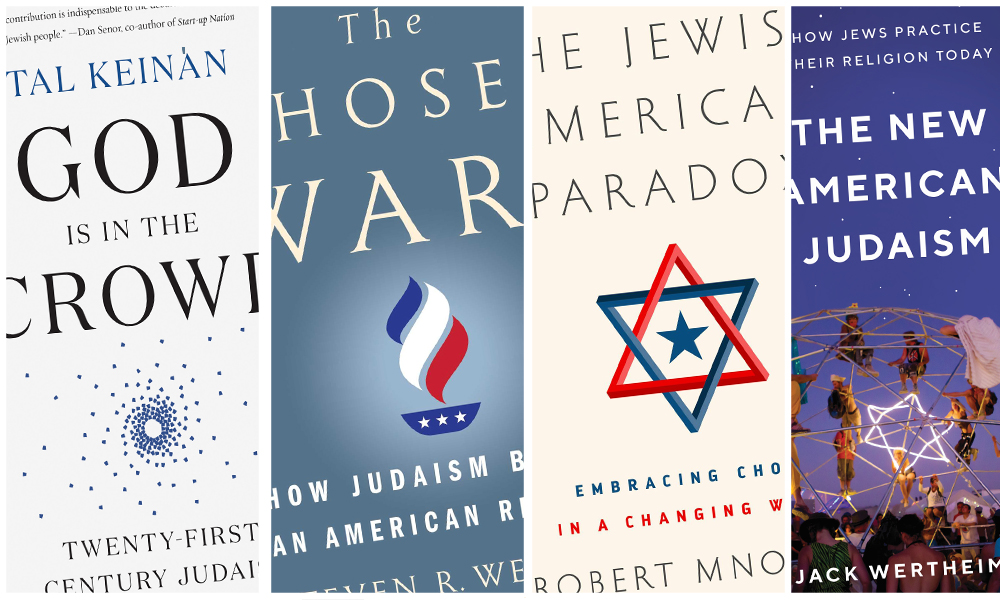


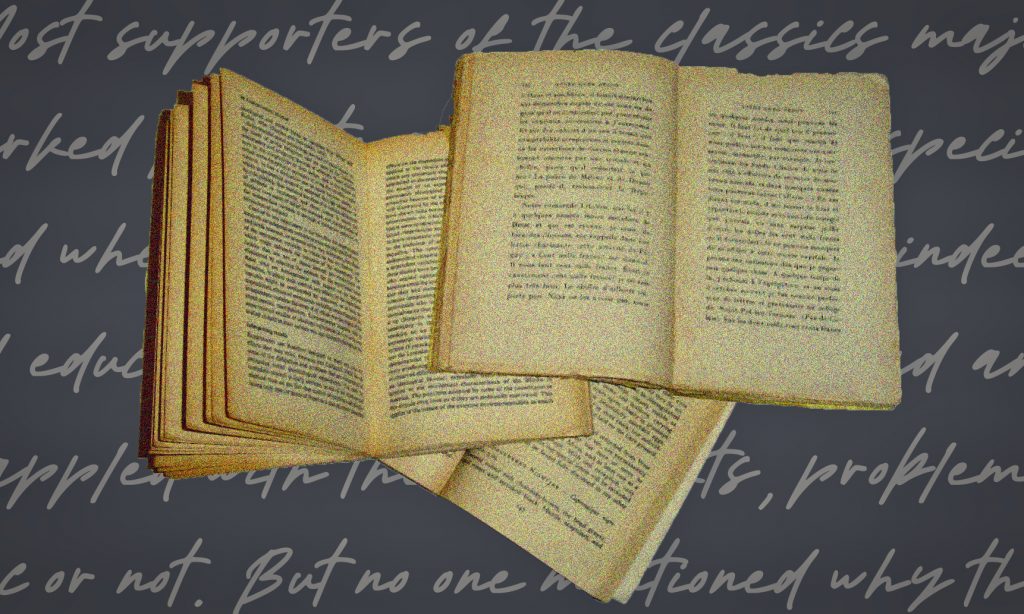
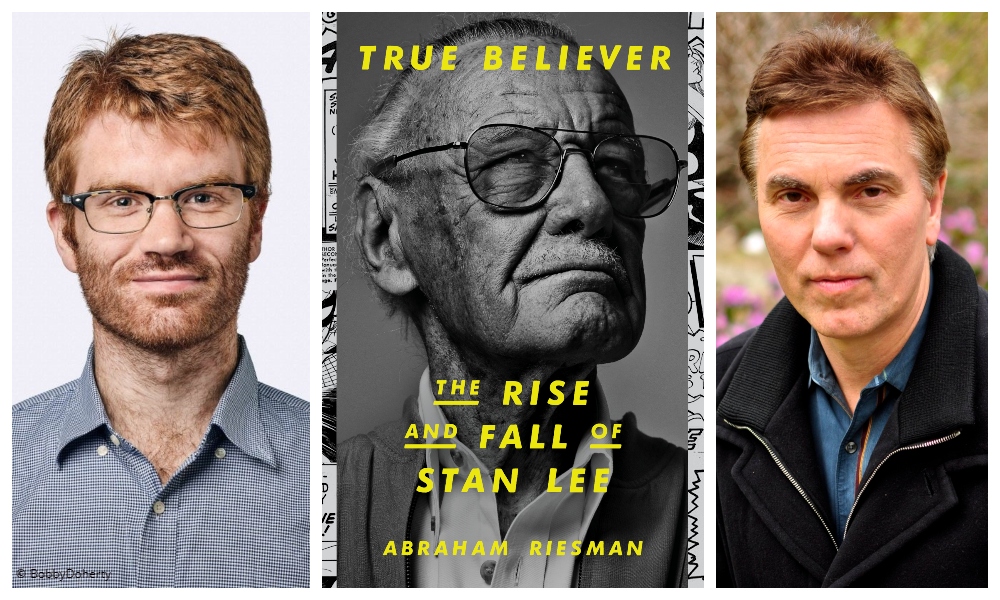
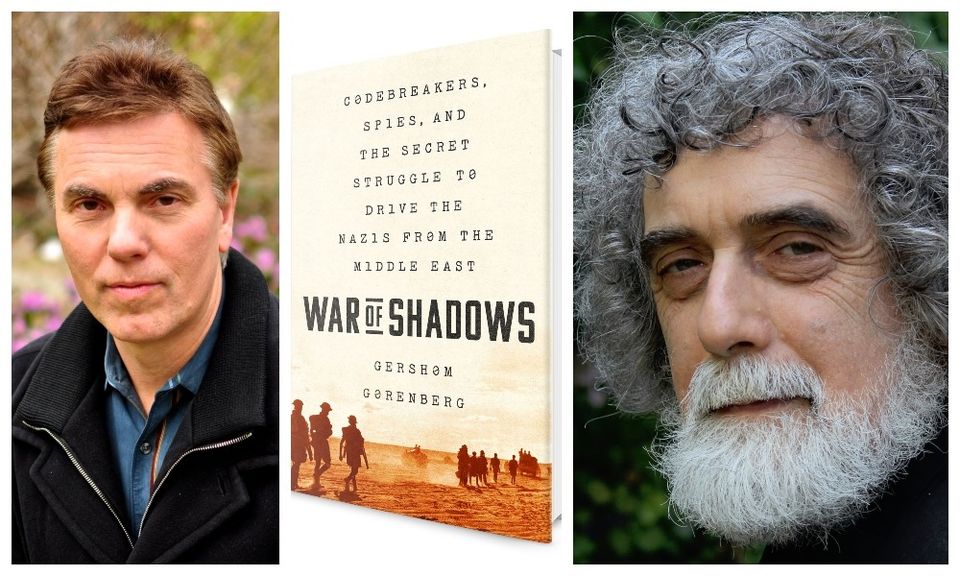

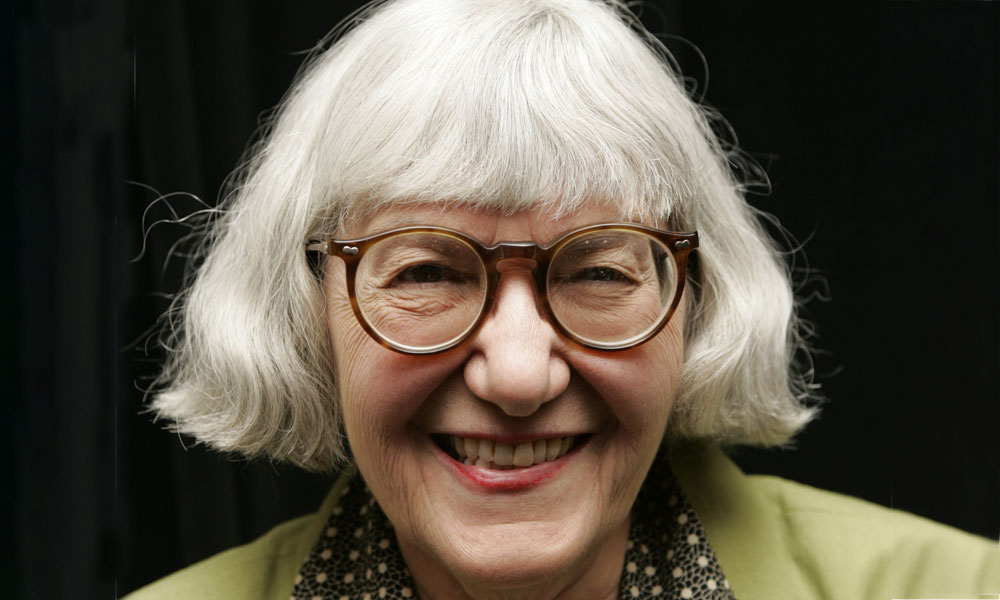
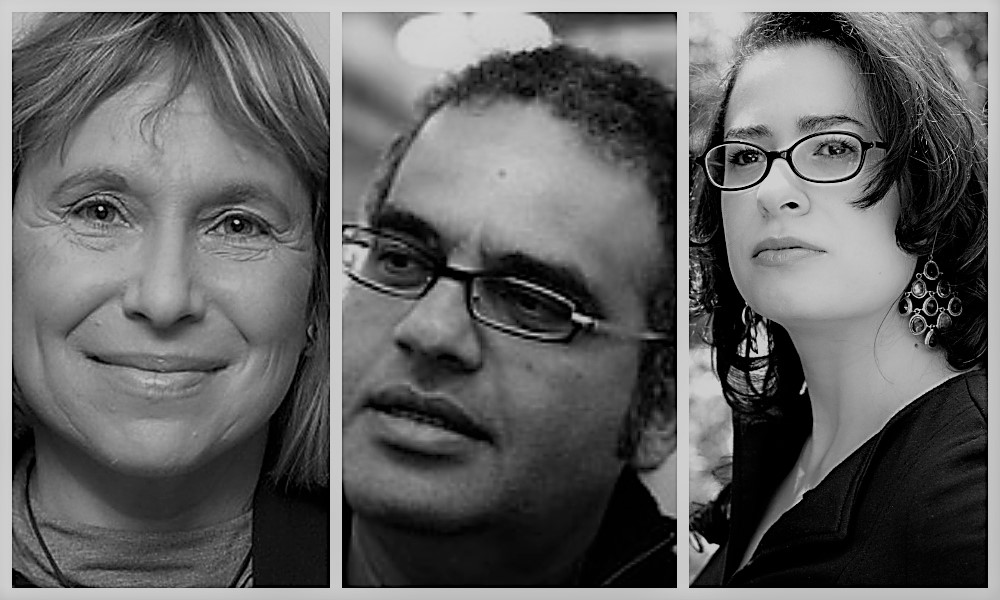




WHY so much worry about a fable… to be succinct we know right from wrong